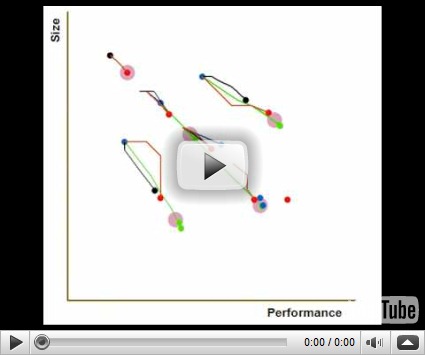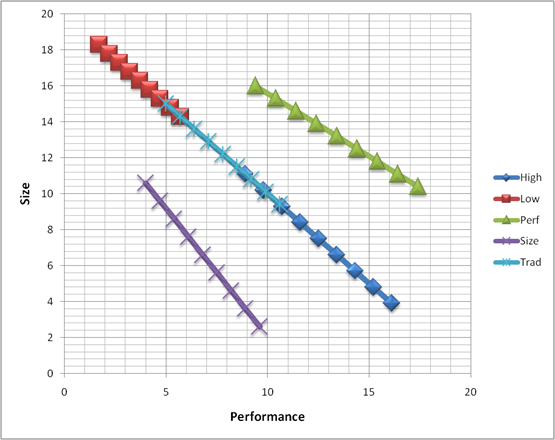Introduction
The internet has transformed how businesses, consumers and individuals communicate in the 21st century. The internet user has access to an unprecedented amount of information and can communicate with more people than ever before. This medium is fast, cheap and readily accessible to people at work, home and school.
This paper will examine the negative aspects of internet usage by minors and explore what solutions are available to parents, guardians and educators.
Inappropriate Content
The proliferation of the home computers and easy access to the internet has led to the publication of a smorgasbord of content. Most content is harmless but some categories are generally accepted to be inappropriate and potentially harmful to children. Pornography is obviously not acceptable, but parents may also want to screen their children from sites promoting gambling or hate.
Undesirable content can be filtered using hardware, software or even by an Internet Service Provider (ISP). Obviously no system is perfect, content filters may inadvertently block valid material or permit objectionable material.
Naturally, if there is a system to block content, then there is probably a counter-measure and someone willing to use it.
Sexual Predators
A predator is an adult that attempts to communicate with minors through the internet. Predators employ a number of techniques such as prowling chat rooms and social networking web sites. Ultimately the predator will attempt to engineer a face to face meeting.
If a minor is permitted to visit chat rooms and social network website, it is almost impossible to discern a predator from a non-predator.
Probably the only affective solution to combat predators is with direct adult supervision. Adults have the social skills to discern normal behavior from that which is questionable.
Cyber bulling
The past few years has seen an explosion of social networking sites. These sites offer the internet user a convenient way to post content on personalized pages. But unfortunately these sites can also be the venue for people to post hateful or abusive comments about an individual.
Because hateful contributions are written and read outside the class room, some schools may not see a need to address this problem. It is important to note that unlike a school yard accusation, cyber bulling is normally anonymous with an audience of thousands.
The concern is that bullying is still perceived by many educators and parents as a problem that involves physical contact. Most research and enforcement efforts focus on bullying in school classrooms, locker rooms, hallways and bathrooms. But given that 80 percent of adolescents use cell phones or computers, “social interactions have increasingly moved from personal contact at school to virtual contact in the chat room,” write Kirk R. Williams and Nancy G. Guerra, researchers at the University of California, Riverside and co-authors of one of the journal reports. “Internet bullying has emerged as a new and growing form of social cruelty.”
(Parker-Pope, 2007)
It is likely that legislation may be need to be considered to protect individuals and allow state and federal prosecutors to charge perpetrators.
Internet Overuse
One criticism of the internet is that children are spending more time inside behind a screen than outside. This issue is not specifically focused on the internet but on gaming and computing in general. It is natural that children (like adults) would choose the path of least resistance, that is, browsing the internet is just an entertaining as playing soccer but requires significantly less exertion.
The issue of internet overuse is can be alleviated with parent education. I suspect that as the adolescent obesity epidemic worsens, health officials will be forced to undertake a campaign to educate parents.
Parental Guidance
During class discussions on 9/15/2008, a few of my colleagues discribed techniques they employ with their children at home. SF commented that in his household, his children are only permitted to use the internet whilst supervised in their family’s living room. RW imposed a somewhat stricter rule, her step children must let her examine a website before they exit or log out.
Conclusion
I must admit, when researching this article I was skeptical about the perceived threat from sexual predators. Well, that changes when I read the following.
In case you are wondering whether any of this is necessary, consider this. According to US-based research, one in seven teenagers has met, face-to-face, total strangers they met online, 54 per cent have communicated with a stranger online, and 47 per cent have received pornographic e-mail.
(Taylor, 2006)
As stated above, it is dangerous to rely on software to guard our children from objectionable material or dangerous individuals. Parents and guardians must take an active role in supervising children whilst permitting a limited amount of autonomy. Below is a list of useful recommendations.
…keep the computer in a shared living area; supervise children's online activities; encourage children to discuss any unsavoury content they have found; warn children about the potential dangers of chatrooms; use parental control software but do not over rely on it; change your parental control access password regularly.
(Parental control software, 2005)
Lastly, the power of the internet has changed the way we work and play. But the internet need not change the way we think.
References
- Parker-Pope, T. (2007, November 27). More Teens Victimized by Cyber-Bullies. In New York Times. Retrieved 9/18/2009 from
http://well.blogs.nytimes.com/2007/11/27/more-teens-victimized-by-cyber-bullies/?scp=3&sq=cyberbulling%20&st=cse - Taylor P. (2006, November 11). Need a cybernanny? TECHNICALLY SPEAKING: Paul Taylor recommends software for parentswho are looking toprotect their childrenfrom online hazards :[LONDON 1ST EDITION]. Financial Times,p. 10. Retrieved September 19, 2008, from ABI/INFORM Global database. (Document ID: 1160632511).
- Parental control software is not enough to protect children - claim. (2005, August). Telecomworldwire,1. Retrieved September 19, 2008, from ABI/INFORM Trade & Industry database. (Document ID: 888601501).


